When it comes to email marketing, there’s a lot to consider. We’ve got you covered with these top 12 email marketing tips.
There is no doubt that email marketing is effective. But how many times have you sat down to begin an email marketing project and immediately felt overwhelmed?
Sometimes, knowing where to start is hard, especially when working with a newer brand.
The good thing is that email marketing has never been easier, thanks to automation tools and innovative ways to deliver emails directly into subscribers’ inboxes.
This article is for you if you don’t know where to begin or want to improve your current workflow.
So now, let’s look at some simple steps you can follow to ensure you’re using email marketing wisely.
Where To Begin With Email Marketing
So, you’re planning your email marketing strategy for your client. Where do you begin? Here are some helpful tips to get you started:
- Keep your emails short and sweet. People get tired of reading long emails, so keep yours between 60 to 200 words.
- People love visuals, especially in email marketing, so include images of your products or services.
- Social proof helps convince readers that your offer is legitimate and worth their time. This includes sharing links or information in your emails from experts in the industry, positive testimonials, or influencers using the brand.
- People want to know where to go next after reading your content. Whether it’s to a product page or recent content produced on the website. And since emails are usually opened on mobile devices, you need to provide a clear CTA at the end of each email.’
- Email marketing works best when you send regular emails. But even once a week isn’t enough. Studies show that people respond better to frequent emails than infrequent ones.
Now, let’s discuss the top 12 email marketing components for your strategy:
1. Create Optimized Lead Magnets
So, how do you get people to subscribe to your email listing? An effective lead magnet.
A lead magnet is usually the first thing visitors see when they land on a brand’s website. It gets them to click through and read more about a brand, so it needs to be eye-catching and compelling.
And if you don’t optimize your lead magnets for conversion, a brand could lose out on potential leads.
So, how do you make sure your lead magnets convert?
Your lead magnet should grab visitors’ attention right away. That means making it interesting, unique, and relevant to the business.
For example, you can use an incentive like a freebie or discount code to entice people to take action. You could also give away a free report or ebook in exchange for their name and email address.
Don’t miss any change with daily desktop & mobile ranks as standard!
SEOmonitor’s rank tracking comes with daily mobile and desktop tracking for all markets for just $29.9 / 1,000 keywords. Every subscription has unlimited SEO Research data, SEO Forecasting, and (not-provided) solutions for any number of pages.
Your lead magnet could also be the first email they receive, which can be a part of your welcome series (which I’ll talk about briefly).
It entices the users to keep receiving emails so they don’t immediately unsubscribe after they receive a discount code or something similar.
2. Segment Your Subscribers
You’ve probably heard the term “subscriber segmentation.” It refers to grouping your subscribers into groups based on their interests and behavior so that you can send them more relevant content, offers, and other messages.
This is an integral part of email marketing because it allows you to target your audience with personalized emails.
You can also use this technique to create multiple versions of your emails, such as a welcome email, a thank you email, and a follow-up email.
Segmenting your subscribers can help build trust and long-term interest for a brand by presenting them with information or offers they want to receive.
3. Craft A Welcome Series
Welcome emails are usually sent automatically to new subscribers when they sign up, purchase a product, or make an account.
When creating a welcome series, you need to consider where the customer is in their journey with a brand. So, it’s beneficial to space the emails over a set period and create each one with a specific intention.
A welcome series is a great way to keep potential customers engaged after they sign up, especially since they receive emails from companies almost daily.
Some examples include: “Welcome! We hope you like our product” or “Your account has been activated.”
You can also send welcome emails to existing customers who haven’t logged in for a while.
For example, if someone signs up and doesn’t use the service for three months, you could send an email saying, “Hey, we noticed that you signed up recently. Would you be interested in using our service?”
This type of marketing is very effective because it’s personalized and targeted. It shows that you’re not sending out mass emails but ones specifically tailored to specific customers.
These emails are also a great way to help build trust with your customers and get them used to receiving emails from you.
Related: Why Email Marketing Is Better for Your Business Than Social Media

4. Implement Automation
So now, you’ve done the work to craft an email series. Next, it’s time to automate their delivery, so you don’t have to send them out each time you need to, according to your schedule.
Automation in email marketing is easy to do using tools like MailChimp, Constant Contact, Campaign Monitor, and Convertkit.
These programs allow you to create automated emails based on triggers, such as when someone opens your email, clicks on a link, or purchases something from you.
This way, you no longer need to manually send out those emails, which can alleviate some stress when dealing with many different subscribers.
5. Design Mobile-Friendly Emails
As I mentioned earlier, most people use their phones to check their emails, so making them mobile-friendly is crucial.
The email should be optimized for mobile phones if it promotes sales or discounts. For example, sales information or product pictures should be easily viewed on mobile devices.
And users should be able to click on the promotion, link, or image and give them the option to view the brand’s site in their preferred browser on their phone.
The key elements to consider when designing mobile-friendly emails include the following:
- Placing essential links at the top of the page rather than down below.
- Keeping graphics small.
- Using text only where appropriate.
- Optimizing images.
- And testing different sizes of fonts and margins.
6. Personalize Your Emails
Even though the average person receives numerous unsolicited emails daily, sending personalized messages to potential leads is proven to boost response rates.
Personalizing your emails makes them feel less like spam. Plus, it gives your subscribers a sense of connection to you.
The key to successful email marketing is knowing precisely to who you want to send emails to and which messages resonate best with each group of recipients.
Once you know what works and what doesn’t, you can tailor your messages specifically to your audience and keep them coming back for more.
First, choose a subject line that clearly states what you will say in your email. This will help readers decide whether or not to click through your email.
Next, include a call to action, such as asking subscribers to check out a new product or sign up for a free trial.
Finally, customize each message by adding links to pages on your site where interested parties can read more information.
Get creative and do your research for the industry. For example, does adding emojis help to personalize the email, or is that a no-no for that specific industry?
7. A/B Test Email Content
The A/B testing of email content is a great way to improve your open rate. It’s also an excellent way to get more people on board with a product or service.
But it can be challenging to figure out what works best for you and your audience.
A/B testing helps marketers decide what works best for their business. For example, when designing email campaigns, it’s often necessary to split-test different versions of emails to determine which one performs better.
You can also test different subject lines. Subject lines are one of the essential parts of any email. They’ll help determine whether someone opens your message or not. It’s what hooks the subscriber to learn more.
The best way to test different variations of emails is to use A/B email testing software. This allows you to compare two versions while showing only one version to half of your users at any given moment so that they don’t realize they’re receiving two different messages.
Most email automation platforms can also conduct A/B testing for your emails. And A/B testing isn’t just beneficial for email. For example, it’s essential to test copy and content on a brand’s website so that A/B testing will come in handy in more ways than one.
Related: How to Write an Email Subject Line That’s Sure To Get Clicked
8. Find The Best Timing
The best time to send emails to customers depends on several factors – such as when they last visited your website, what action they took while on your site, whether they completed any transactions and more.
One way to determine which times work best for email campaigns is by using Google Analytics. You can use the Goal conversion section to view bounce rate, exit pages, and other data related to goal completion.
You should also consider other factors and incorporate them when you send emails based on people’s schedules. For example, you can see lower open rates on holidays, late into the evening, as well as Monday morning and Friday evenings.
9. Scrub Your List Of Non-Opens
It’s essential to manage your subscriber list. When you click “send” on your newsletter, your list contains all subscribers who did not open the email. If you see that certain people are ignoring all your emails, you might want to delete them from your list.
To delete them from your list, you need to go to the unsubscribe page, then select remove and confirm. This process may be repeated until all your non-opens are removed.
You don’t want to overload people who have already purchased or are no longer interested in the brand, so you don’t create a negative relationship with them.
Incorporating one of the email management tools to help you eliminate the consistent non-opens can help you manage your subscribers and decrease time spent on this repetitive task.
10. Include A Real Reply Email Address
This is one of the best ways to keep customers coming back for more. Users may want to send any follow-up emails directly to their spam folder if you don’t include an actual reply address.
But when you put your email address in the footer, they know exactly where to go. If a person has questions, they can email the brand’s team.
Again, this also helps build trust with the brand. They know they are communicating with real people who selected these emails for them versus being spammed with nonrelevant or generic content for the masses.
11. Experiment With Lead Generation Ads
The goal of lead generation ads is to reach people who may be interested in buying from the brand.
They usually appear at the top of the page, where they are visible for longer periods of time than other types of ads.
This means people tend to click on them more often than ads below the fold. So, as long as you don’t use these ads too frequently, you should be able to generate leads.
12. Utilize Email Analytics To Improve Campaigns
One way to utilize email analytics to improve campaigns is to check the bounce rate, opens, clicks, and unsubscribes for your emails. Then use that information to enhance your current efforts.
This includes sending emails at different times throughout the week, testing subject lines, changing up the call to action, and testing creative variations.
If you’re still struggling, try experimenting with lead magnets, such as free ebooks, white papers, and webinars.
These allow you to capture leads from those interested in learning about new topics. In addition, measuring results lets you know which emails work and which ones don’t.
You should also compare these variables (such as open rates) to industry metrics. For example, what’s the percentage of bounce rates for the industry you’re working with?
If you aren’t measuring results, you won’t have much data to base future decisions for your next email marketing campaign.
Final Takeaways
Email marketing is still one of the most effective ways to promote your online store, build relationships with customers, and generate sales.
The final step in this process is to put all these pieces together into an effective strategy. This means coming up with creative and effective ways to construct emails and email series.
It also means being able to measure the results of each tactic so that you can continue to improve your efforts going forward.
Leveraging email metrics and incorporating A/B testing can help build relationships with subscribers by presenting them with the information they want to read.
With a little bit of effort and creativity, you can use email marketing to increase a brand’s sales and help create long-term customers.
More Resources:

Article by Ingrid Adames
Ingrid Adames is a freelance writer and editor with expertise in copywriting and content strategy. She also works as a Social Media Manager creating and optimizing content for Instagram and Facebook. Ingrid has a keen interest in technology innovation, security, and all things SEO.
In her free time, she enjoys training for 10K races and traveling with her family.

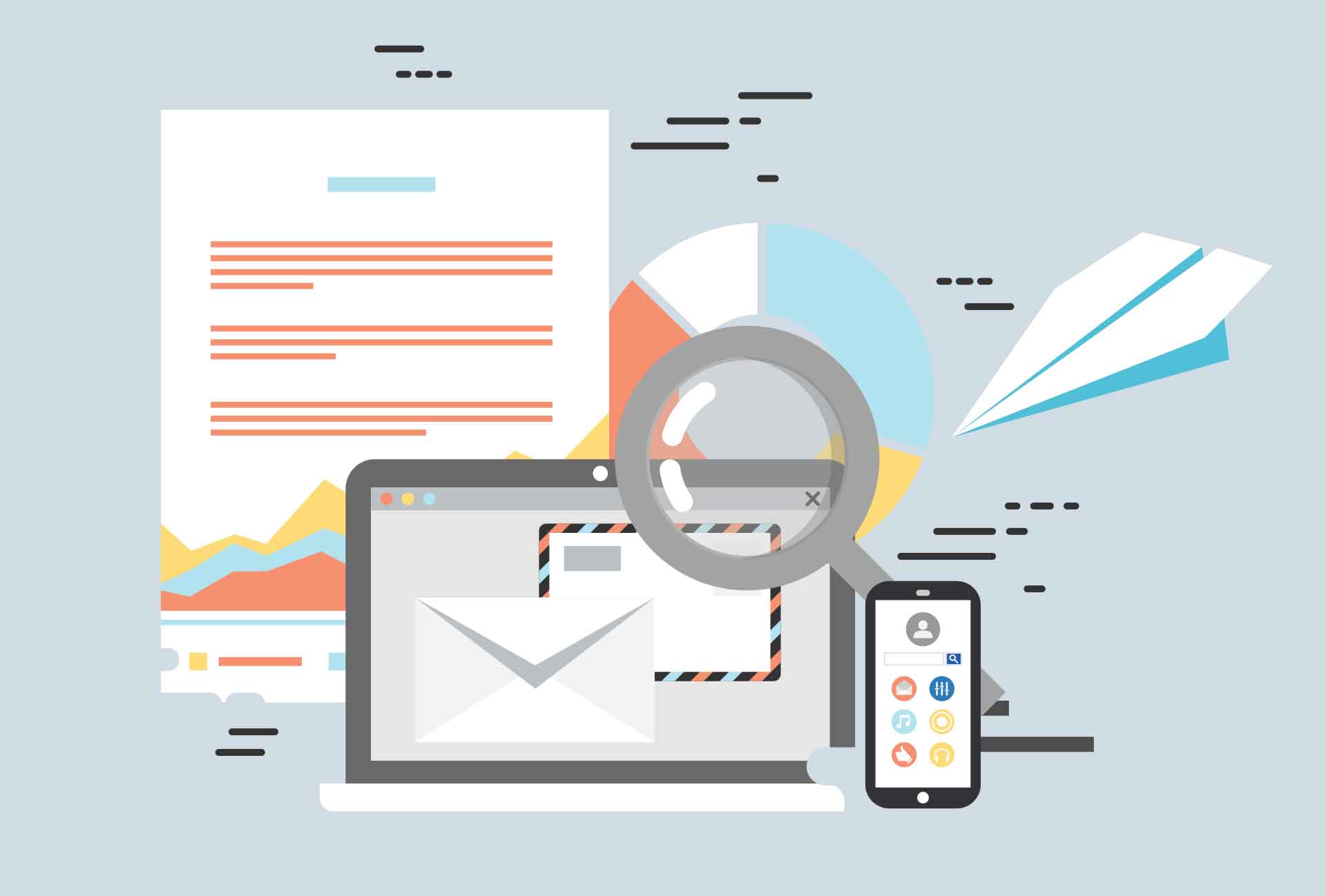











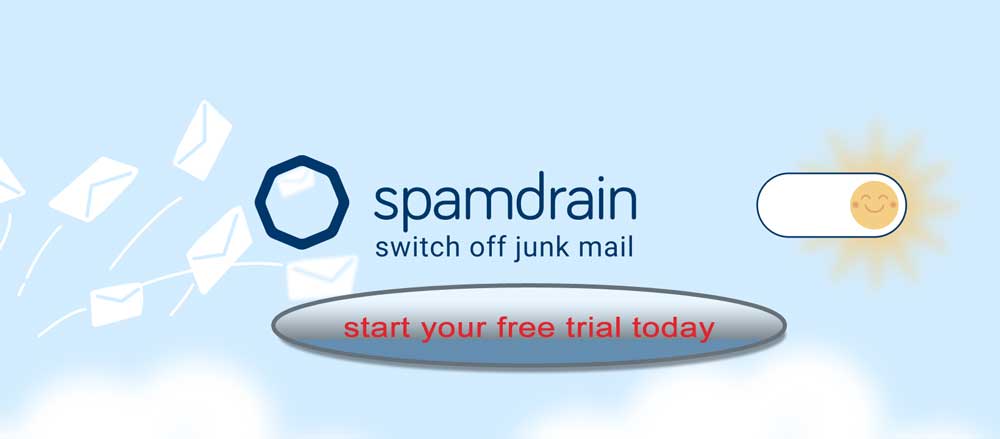








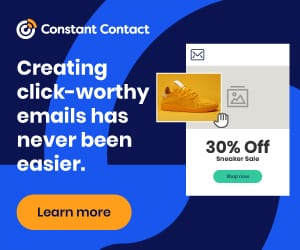

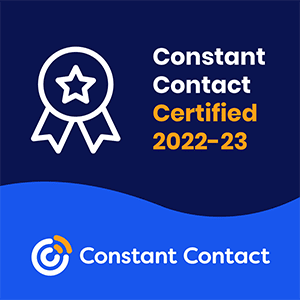

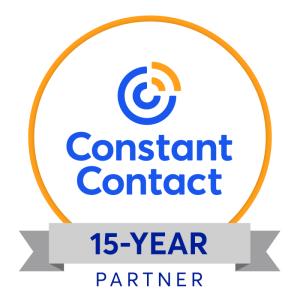
Leave A Comment
You must be logged in to post a comment.